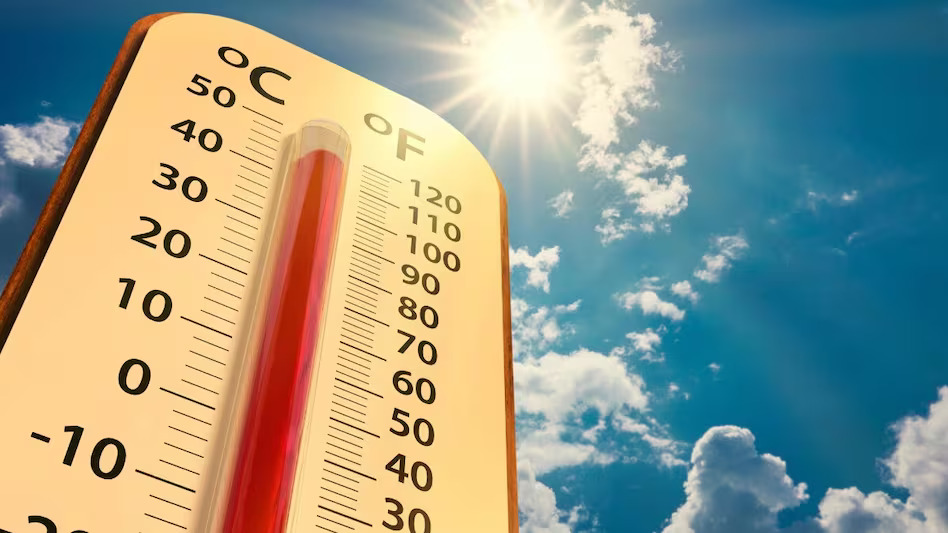Gujarat is getting hotter, and this year might be one of the hottest yet. On Thursday, Ahmedabad hit 42°C, and similar temperatures are expected in the coming days.
Scientists say that over the years, both day and night temperatures in Gujarat have been rising steadily. Even though the yearly increase is small (about 0.02°C), it adds up over time, making heatwaves more common and dangerous.
The Indian Meteorological Department (IMD) expects temperatures between 41°C and 45°C in many parts of Gujarat through April and May. Some relief may come with the monsoon in June, but it will likely still be hotter than normal.
Experts blame rapid urban growth, deforestation, and climate change. Cities like Ahmedabad and Surat have become “heat islands” where concrete buildings and roads trap heat, making both days and nights warmer. Cutting down trees and building over green areas has removed natural ways to cool down the air.
Gujarat’s dry climate also makes it easier for temperatures to rise quickly, especially in rural areas where farmers and workers are more exposed to the sun.
In the past, extreme heat has had serious effects. In 2010, a major heatwave in Ahmedabad led to over 1,300 extra deaths. Last year, in May 2024, Gujarat recorded 187 cases of heatstroke, with 69 in Ahmedabad alone.
High heat also harms crops, affecting food supplies and farmers’ incomes. It can also cause serious health problems like heatstroke and dehydration.
To help people cope, the Gujarat government has put plans in place for early warnings and public awareness. People are being advised to stay indoors during the hottest hours, drink plenty of water, and avoid too much sun.
Looking ahead, scientists warn that Gujarat’s average temperature could rise by as much as 5°C by the end of the century if climate trends continue.



